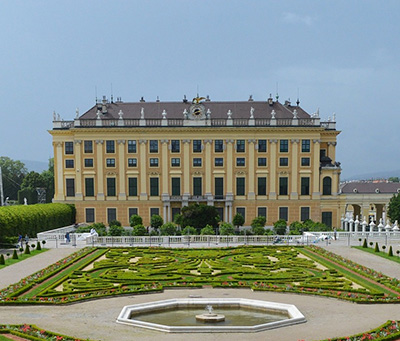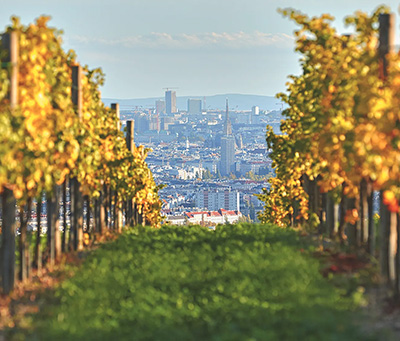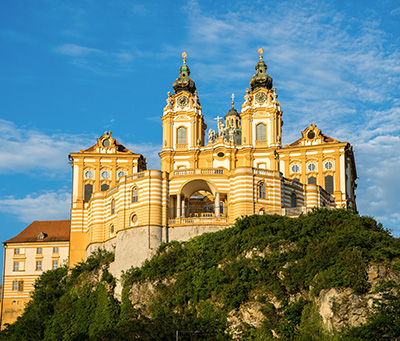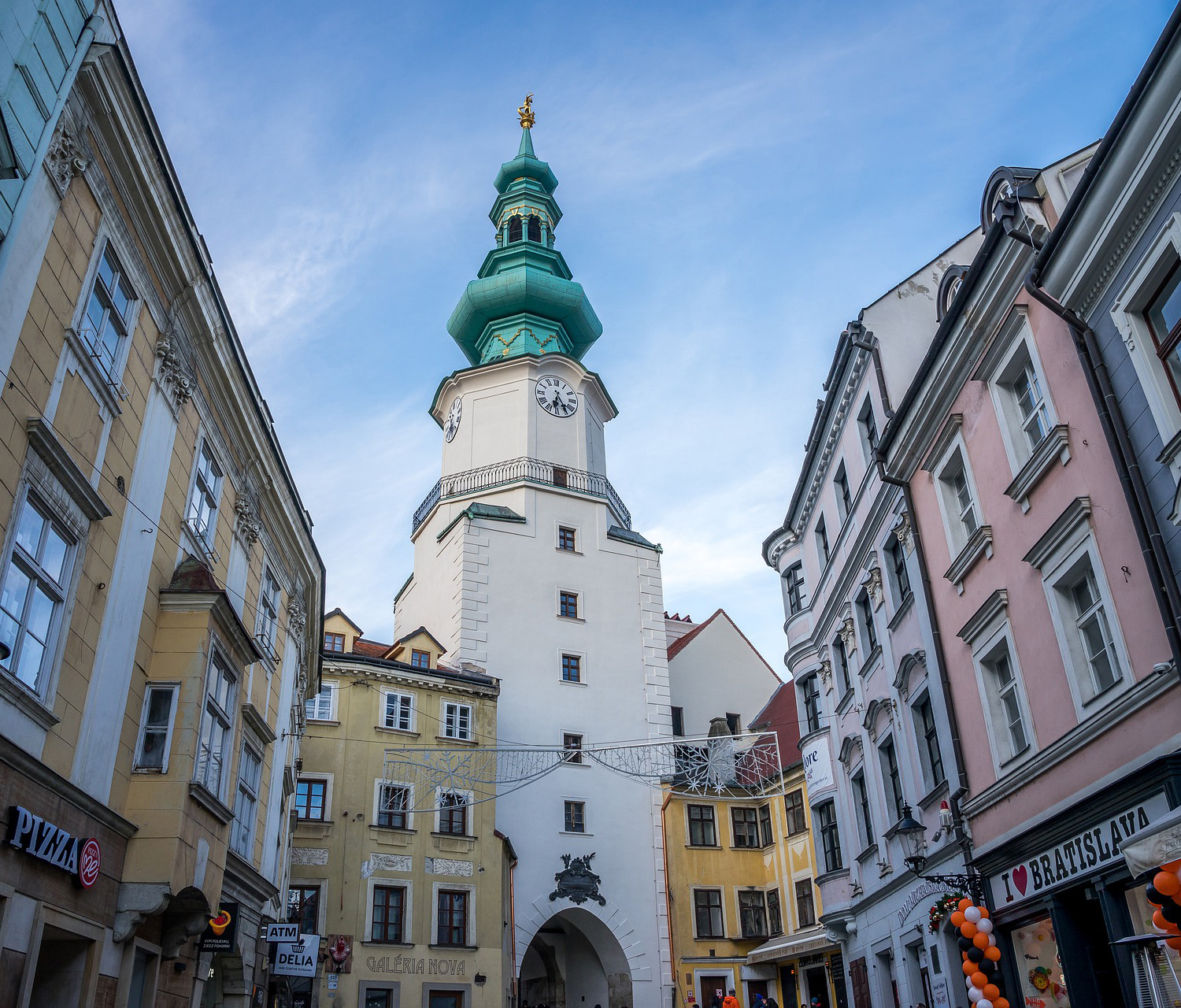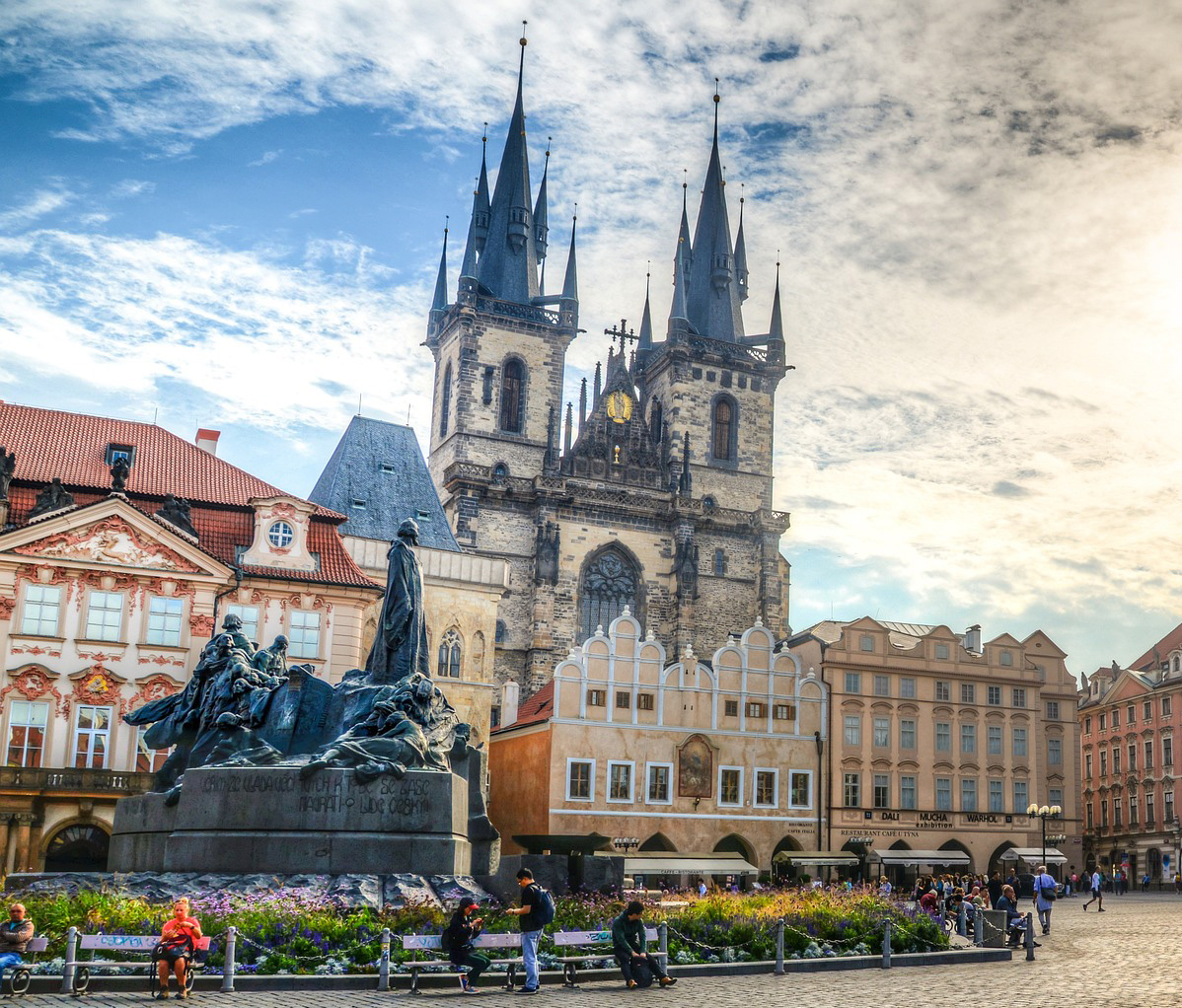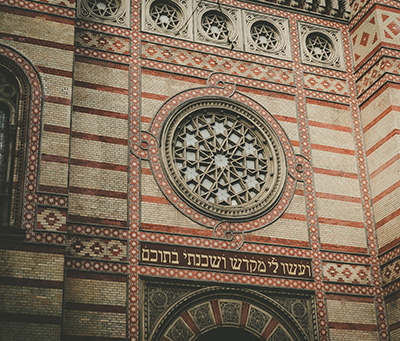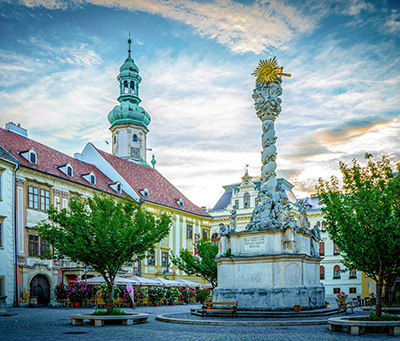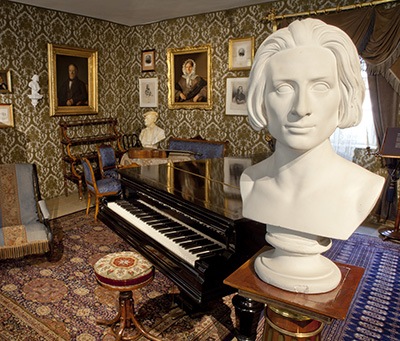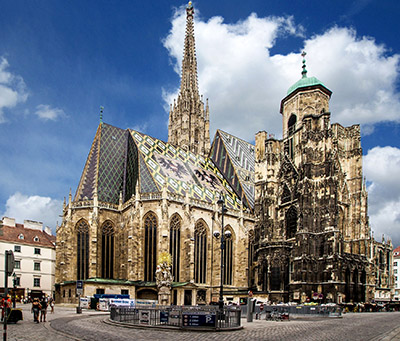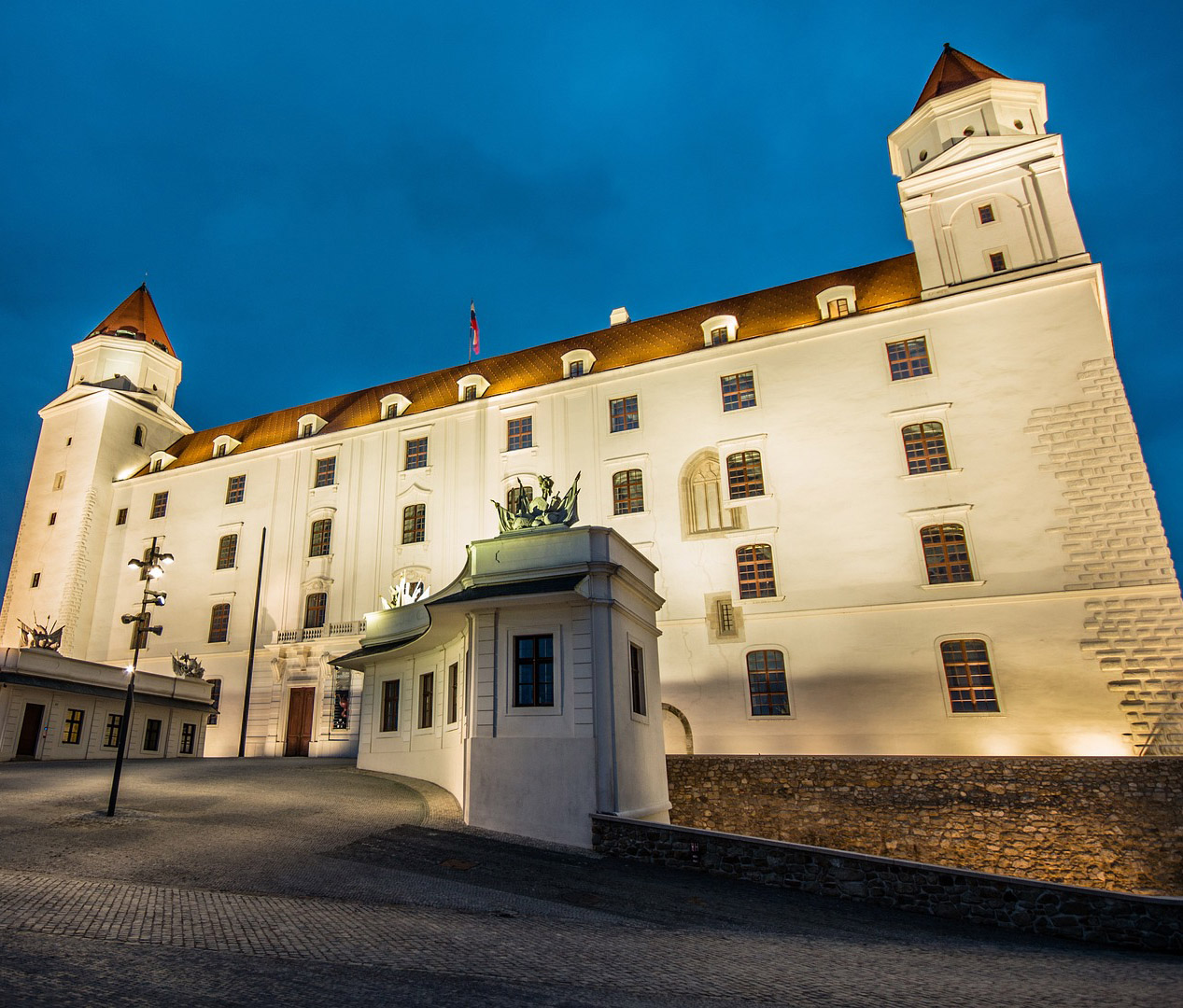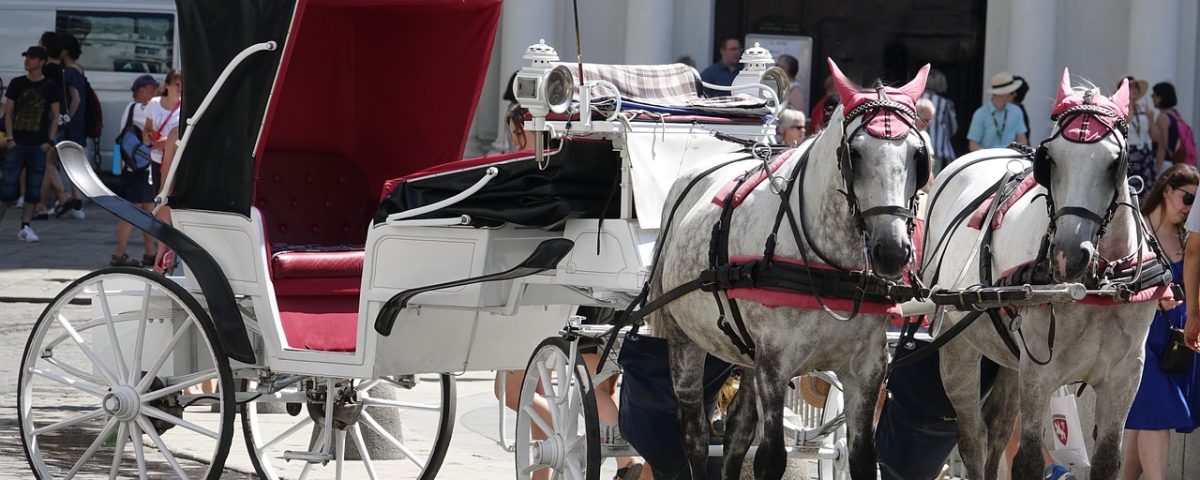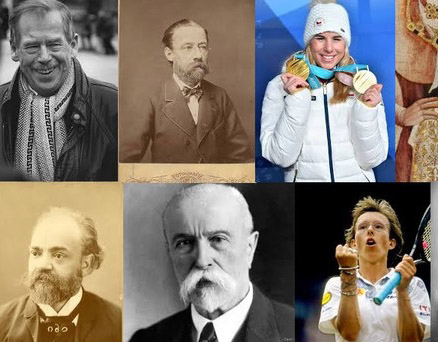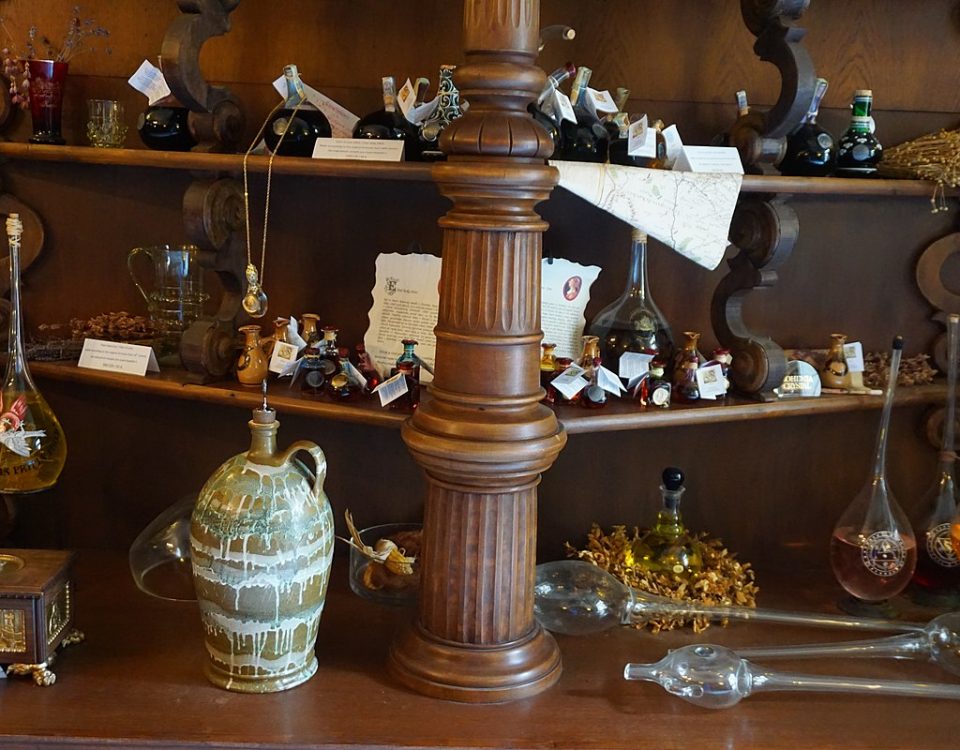- ABOUT US
- TOURS
- Vienna City Tour
- Wine tour of Vienna
- Tour of Danube Valley
- Salzburg Day Tour
- Budapest Day Tour
- Bratislava Day Tour
- Prague Private Tour
- Budapest Jewish Heritage Tour
- Visit Sopron the Hungarian bordertown
- Borderless wine tour in Austria and Hungary
- Ironcurtain tour in Hungary
- Esterhazy heritage tour in Austria and Hungary
- Haydyn and Liszt heritage tour in Austria and Hungary
- Birdwatch in Hungary
- Wine tour at Lake Neusidler
- DESTINATIONS
- GUIDES
- CONCIERGE
- TRANSFERS
- INSIDER BLOG
- USEFUL PAGES
Horse carriages have been an integral part of Vienna's history and culture for centuries. From the chaotic Janschky wagons to the official licensing of taxi services in 1693, the evolution of the carriage industry in Vienna has been fascinating.
Since many stories were born regarding these tools of transportation.
In the late 18th century, there was a horse carriage driver in Vienna named Franz Reichel, who was known for his love of music. He would often sing and play the zither for his passengers as he drove them around the city. One day, while driving a group of wealthy passengers, he noticed that one of them was carrying a beautiful violin. Reichel asked if he could play it, and the passenger agreed.
Reichel began to play the violin with such skill and passion that the other passengers were amazed. They asked him how he had learned to play so well, and he told them that he had been a poor orphan boy who had taught himself to play by listening to street musicians.
The passengers were so impressed with Reichel's talent that they decided to help him pursue his dream of becoming a professional musician. They pooled their money and sent him to study in Italy, where he became a renowned violinist and composer.
Reichel never forgot his roots, however, and continued to drive his horse carriage through the streets of Vienna even after achieving fame and fortune. He became known as the "Fiakergeiger," or the Fiaker fiddler, and was beloved by both his passengers and the people of Vienna.
In the early 1900s, over 1,000 registered Fiaker carriages and countless horses could be seen trotting through the city, driven by skilled and respected carriage-drivers like Josef Bratfisch and Karl Mayerhofer. These drivers were not just taxi drivers but also entertainers who would sing and tell stories to their passengers.
As time passed, the role of the horse carriage shifted from a means of transportation to a popular form of sightseeing, with Viennese citizens and tourists alike enjoying the experience of touring the city in style. The famous Fiakers became an icon of Vienna, admired for their traditional charm and elegance.
In 1987, the carriage industry saw a significant change when Sisi Ringl became the first female coachman, breaking the male-dominated stereotype of the profession. This paved the way for more talented and skilled female drivers to enter the field.
To ensure the quality and safety of horse carriages, education and licensing became mandatory in the 1990s. The training covers topics like horsekeeping, disease prevention, and carriage driving techniques. Passing the exams entitles the driver to a Bronze Driving Badge and a Fiaker driver's license, respectively.
In 2016, Vienna implemented new laws and regulations to strengthen animal welfare and protect horses used in carriage rides. This included a driving ban for Fiakers at temperatures above 35 degrees Celsius. As a result, animal welfare ads against the carriage industry have decreased significantly.
Today, the Fiaker industry has embraced innovation and transparency, offering stable tours and visits to horse farms, and introducing new concepts like the Riding Dinner.
Vienna the imperial city will continue this great and unique tradition as the Fiakers are a symbol of Vienna's culture, charm, and elegance, and an essential part of the city's heritage.
PB

